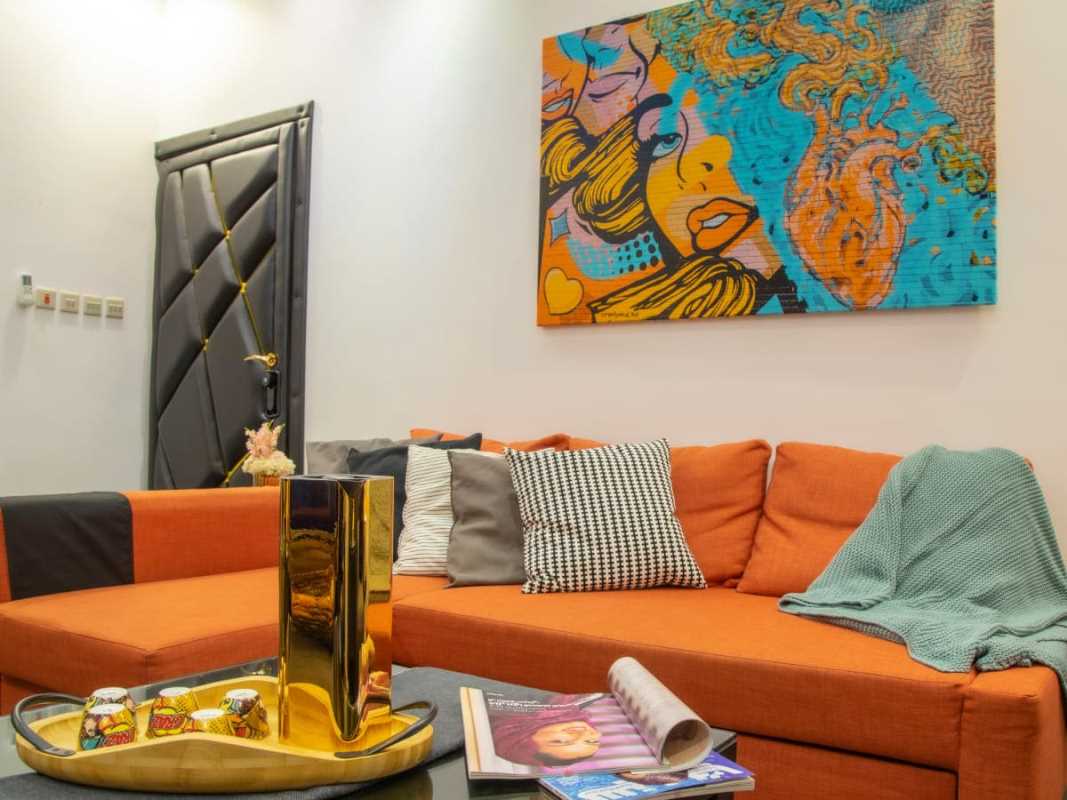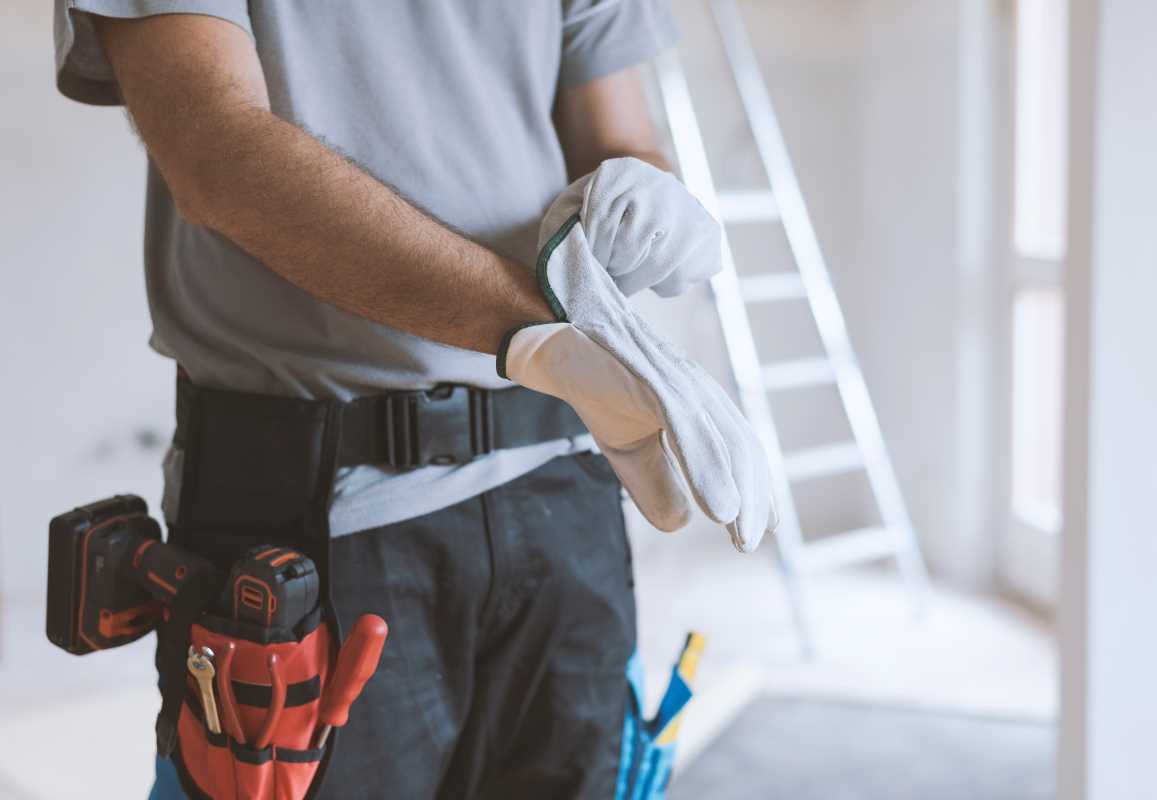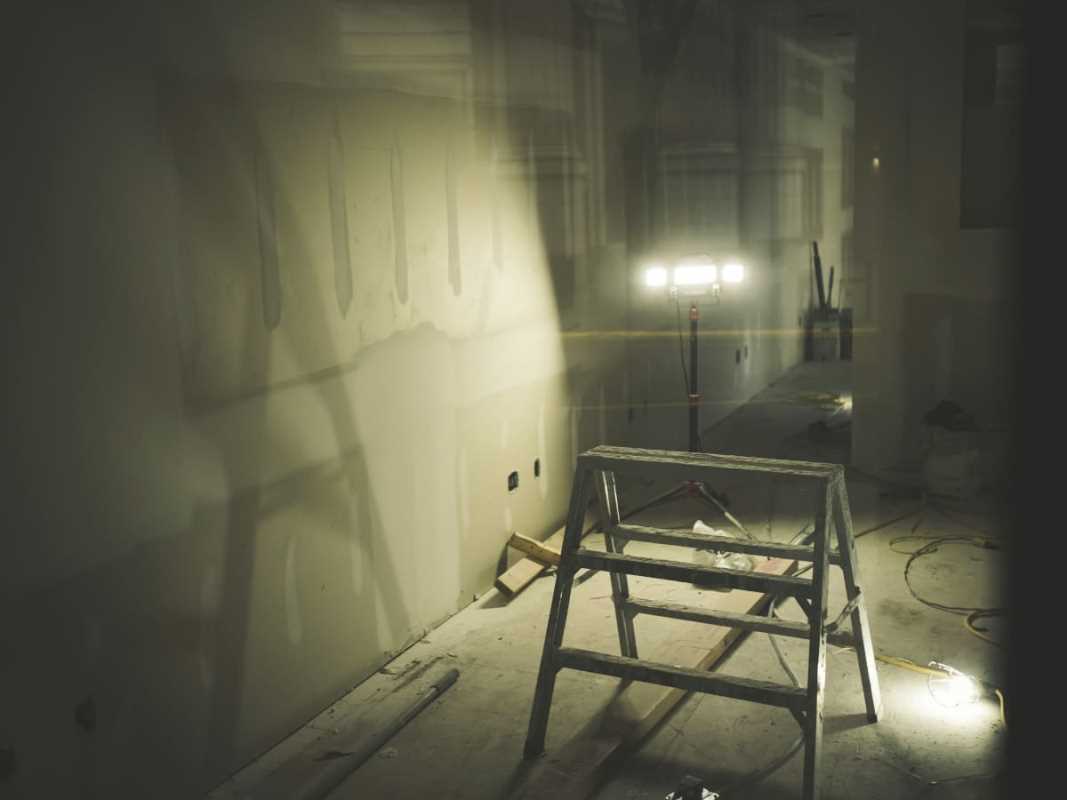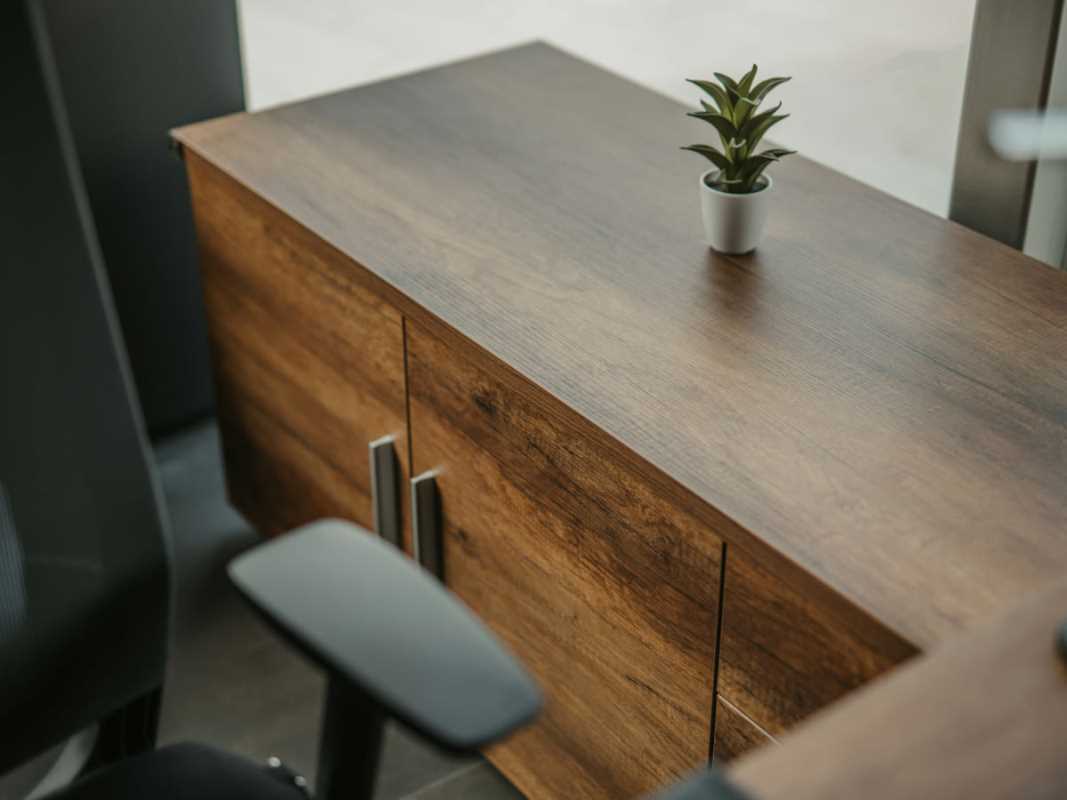Working from home has its perks, but peace and quiet aren’t always one of them. Whether it’s kids arguing, the neighbor’s loud music, or your dog’s relentless barking at every passing squirrel, distractions are everywhere. Improving your focus doesn’t mean building a bunker; it just takes a little creativity to soundproof your home office. Better yet, you can do it without draining your wallet. Let's explore easy, affordable ways to create a quieter, more productive workspace.
Picking the Right Spot for Your Workspace
The first step to better soundproofing is choosing where you set up shop. If you have the luxury of picking your office location, try to select a spot far from the noisiest parts of the house. For example, a workspace next to the kitchen or living room might get hit with the sounds of clinking dishes or the TV. Instead, opt for a spare bedroom, basement, or even a nook in the hallway if it offers more distance, or at least a buffer.
Walls matter, too. If your office shares a wall with a boisterous neighbor or a noisy household room, you might be signing up for a little extra work. Thicker walls or ones with an exterior-facing side generally provide a quieter baseline to start from.
Thinking vertically might also help. Sound travels upward and downward as much as it moves side to side. If there’s heavy foot traffic above you, such as kids running laps in the living room, consider setting your office on the highest or lowest floor available. This simple shift can instantly lower the volume of daily disruptions.
Making Friends with Soft Furnishings
One of the easiest ways to drown out noise is by adding soft materials to your workspace. Hard surfaces reflect sound, amplifying even small noises, while soft items absorb and dampen it. Think of it as giving your room a big, warm hug that just happens to muffle sound.
Start with thick curtains or drapes over windows. Not only do they block sound, but they also soften ambient light for a cozy atmosphere. Rugs or carpet runners on hardwood or tile floors can tamp down echoes and reduce noise bouncing around your space.
If you’ve got extra pillows or cushions lying around, put them to good use. Toss them on chairs, benches, or anywhere else that could use a bit of sound-dampening love. Even a fabric ottoman can help with absorbing sound waves. And if your space allows, add densely upholstered armchairs or a comfy sofa. Bonus points for choosing fabrics like velvet, which are naturally great sound blockers.
DIY Soundproofing Hacks for Doors and Windows
Doors and windows are two of the biggest culprits when it comes to letting noise in. Luckily, a few budget-friendly hacks can make all the difference. For doors, adding draft stoppers or sweep strips along the bottom edge is a quick fix for blocking sound leaks. A heavy, full-length curtain over the door can also provide additional insulation.
Windows deserve just as much attention. Opt for blackout curtains, which often have sound-dampening properties built in. If you don’t want to replace your existing window treatments, consider window inserts, which you can make yourself with soundproof foam and a sturdy frame.
Window films are another affordable solution. Vinyl or adhesive soundproof sheets can be cut to shape, making them simple to apply. If your budget allows, double-glazing kits can add an extra layer of sound insulation, helping keep out the chaos from busy streets or chirpy backyard birds.
Using Foam Panels and Acoustic Helpers
Acoustic foam panels are a hero product for taming sound, but they don’t have to cost a fortune. Many online shops sell affordable foam panels in multiple shapes and sizes. Installing them is a breeze with adhesive strips or small nails, so it’s a great beginner’s DIY project. The best places for foam panels are on walls facing noisy areas or directly above your workspace to soften overhead sounds.
If foam panels aren’t your aesthetic, consider alternatives like fabric-wrapped boards, cork tiles, or felt pinboards. They might not absorb as much sound, but they’ll still mute high-pitch tones and create a cozy, stylish element in your workspace.
For an ultra-affordable fix, look no further than common household items. Egg cartons can be a surprisingly effective alternative to foam if you’re in a pinch. Attach them to walls for an old-school but functional solution until you decide on something more permanent.
Keeping It Quiet with Smart Accessories
Sometimes the best soundproofing solutions come in small packages. Noise-canceling curtains, rugs, and even furniture pads can improve acoustics around your workspace without making major changes to your office design. And though it’s often overlooked, sealing gaps or cracks with inexpensive caulk or weatherstripping tape can work wonders on blocking out noise.
If you’re dealing with the hum of nearby gadgets like HVAC systems or appliances, consider white noise machines. They won’t block sound entirely, but they replace random disruptions with a consistent, low hum that’s easier on your brain. You could also download free white noise apps or play calming background audio right from your computer.
Another tip? Plants. Yes, plants. They add texture and help absorb sound to some extent, all while bringing a touch of nature into your workspace. Group them together in corners or on shelves for maximum effect. Snake plants, ferns, and pothos are all easy-to-care-for choices.







